But just how many types of dual camera systems are out there and how do they differ from each other? Most importantly, are they any good or is it just a passing fad? Let’s find out.
The Depth Sensor
We will start with this as this is the most basic form of dual camera system. In this system, the primary camera is accompanied by a second camera whose only function is to 3D map the area in front of the camera. As you may know, we are able to see in 3D because we have two eyes with slightly different perspectives that help us convey depth, especially for things that are close to us.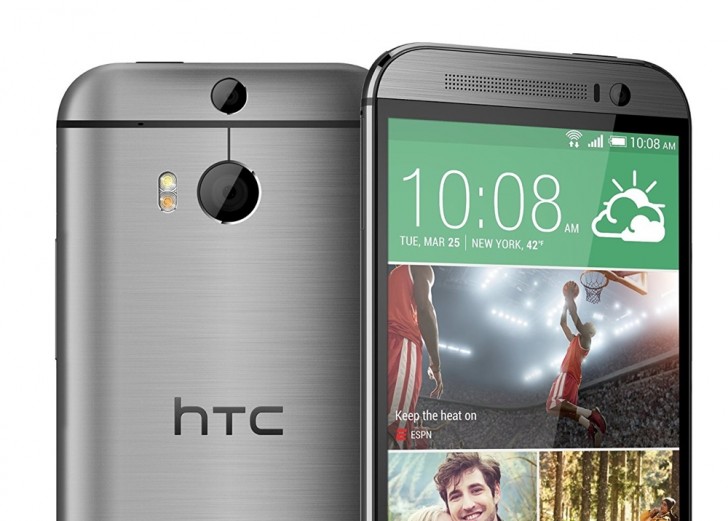 The HTC One m8
The secondary camera in this system works similarly. With the second
camera, the system can now tell roughly how far the objects in front of
it are with respect to each other. This information is then used to
separate the foreground subject from the background.
The HTC One m8
The secondary camera in this system works similarly. With the second
camera, the system can now tell roughly how far the objects in front of
it are with respect to each other. This information is then used to
separate the foreground subject from the background.The most common use of this technique is to create a shallow depth of field effect. While it’s something that comes naturally to DSLR cameras with their big sensors and big lenses, the small smartphone cameras cannot achieve the same shallow depth of field. So instead, this technique is used to first figure out the borders of the foreground subject and then apply an iris blue effect on everything else. This gives the illusion of shallow depth of field.
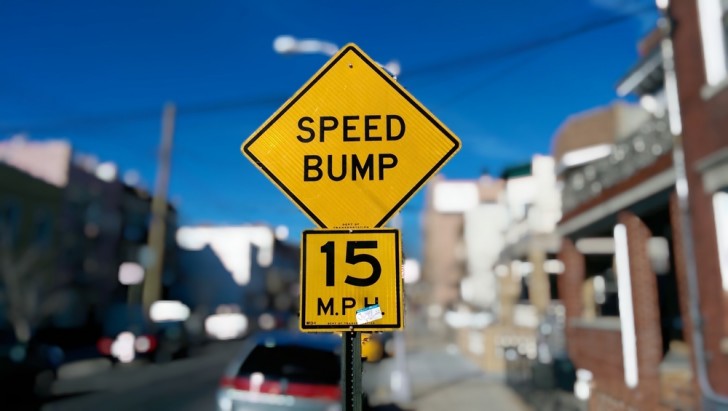 Sample from the HTC One m8. Didn’t always work this well.
While sound in theory and occasionally in practice, this technique
has its pitfalls. Unless your subject is a cardboard cutout, it will
have depth to it and because this depth is not as much as the depth
between the entire subject and the background, the camera occasionally
ends up blurring the edges of the subject as well. Even when it does
work reasonably well, it never quite looks natural, especially since
most smartphone cameras that have this feature apply an even blur on
everything in the background whereas with a DSLR, the intensity of the
blur increases with the distance from the focus point.
Sample from the HTC One m8. Didn’t always work this well.
While sound in theory and occasionally in practice, this technique
has its pitfalls. Unless your subject is a cardboard cutout, it will
have depth to it and because this depth is not as much as the depth
between the entire subject and the background, the camera occasionally
ends up blurring the edges of the subject as well. Even when it does
work reasonably well, it never quite looks natural, especially since
most smartphone cameras that have this feature apply an even blur on
everything in the background whereas with a DSLR, the intensity of the
blur increases with the distance from the focus point.Camera systems with a dedicated depth sensor is one of the rarest types of dual camera systems. The first popular use of it was seen on the HTC One m8 but these days only the most basic smartphones, such as the Honor 6X or the Lenovo K8 Plus, can be seen using a dedicated depth sensor lens.
The Monochrome Camera
A slightly more popular implementation of the secondary sensor is the monochrome camera. In this method, the primary camera is accompanied by a mostly identical secondary camera. Both cameras usually have identical sensors, apertures, lenses and focusing systems. The main and usually only difference between the two is that the second sensor lacks an RGB color filter. This means that the sensor cannot capture color information but on the upside, because there is one less thing blocking the sensor, the monochrome camera can capture more light.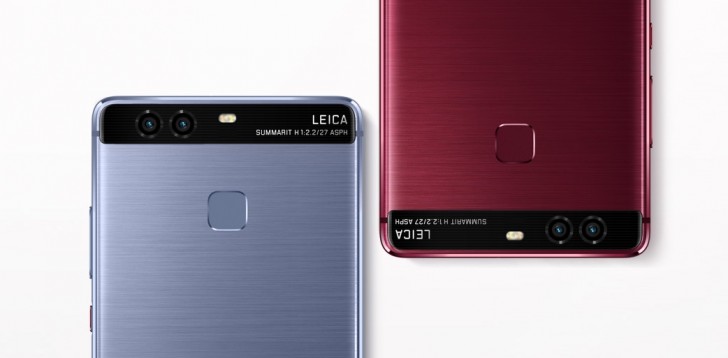 Huawei P9
Every time you take a picture, the camera system combines the output
of both cameras and layers them into one image. In theory, the two
images when combined will have greater detail and reduced noise.
Alternately, you can also just shoot from the monochrome camera and get
slightly better image quality at the cost of all the color information.
Huawei P9
Every time you take a picture, the camera system combines the output
of both cameras and layers them into one image. In theory, the two
images when combined will have greater detail and reduced noise.
Alternately, you can also just shoot from the monochrome camera and get
slightly better image quality at the cost of all the color information.One of the first examples of this system was the Huawei P9 and since then, few other devices have also shipped with this system. To us, the advantages of this system are nebulous at best. While sound in theory, we can’t really say for sure if the feature does really work as advertised. We have seen some good results with this system in the past but its hard to tell if it was the dual camera doing all the work or it was just good image processing system.
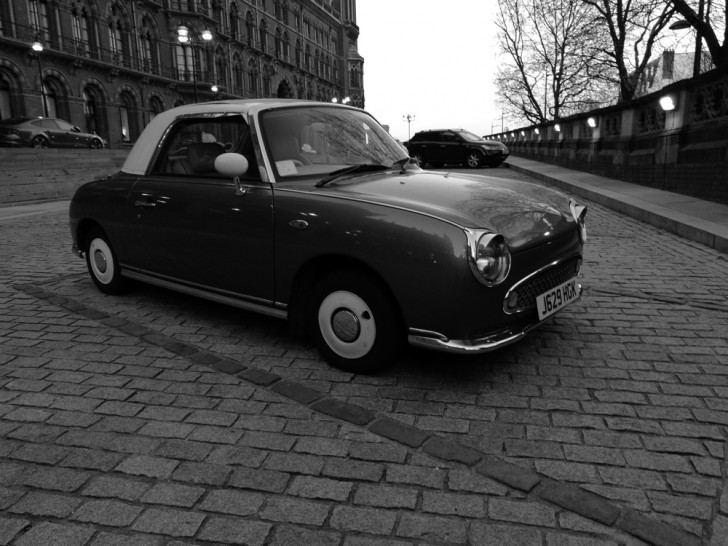 Monochrome image from P9
There is no real disadvantage to this system and we do appreciate
that it’s the only one of the systems discussed here that tries to do
anything about the actual image quality instead of adding additional
features but still, we would rather take some zooming ability over
marginally improved image quality.
Monochrome image from P9
There is no real disadvantage to this system and we do appreciate
that it’s the only one of the systems discussed here that tries to do
anything about the actual image quality instead of adding additional
features but still, we would rather take some zooming ability over
marginally improved image quality.The Wide-Angle Camera
Debuted first on the LG G5 early last year, the wide-angle camera is pretty much what it sounds like. To take LG’s example, the phone had a 16 megapixel, 29mm equivalent f1.8 primary camera and 8 megapixel, 12mm equivalent f2.4 secondary camera. The 12mm focal length gave the secondary camera a crazy wide field of view that allowed the user to capture a much wider area without having to move back or capture interesting perspectives afforded by such a wide-angle lens.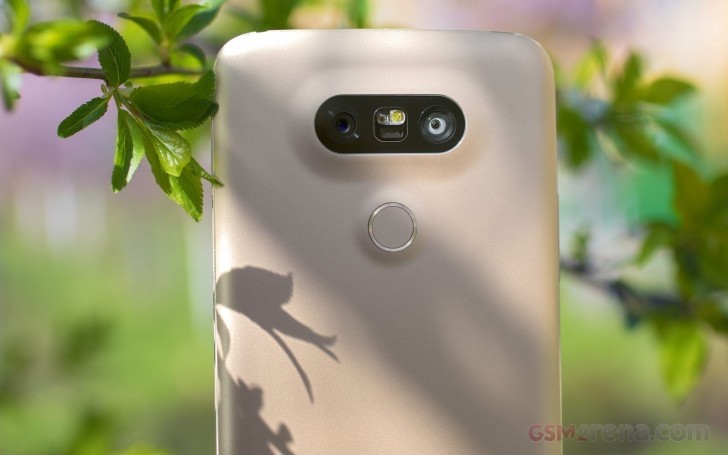 LG G5
We have mainly seen this on LG phones, with Motorola recently incorporating it in the X4,
and we are fans of how it works. The wide-angle lens gives a very
unique perspective that you simply don’t get at all on smartphone
cameras and apart from having practical value (capturing a large group
of people from up close) also lets you capture some really cool looking
shots.
LG G5
We have mainly seen this on LG phones, with Motorola recently incorporating it in the X4,
and we are fans of how it works. The wide-angle lens gives a very
unique perspective that you simply don’t get at all on smartphone
cameras and apart from having practical value (capturing a large group
of people from up close) also lets you capture some really cool looking
shots.The early iterations of this system did have its disadvantages. On the G5 and V20, the ultra wide-angle lens image quality was nowhere near as good as the primary camera and also had significant barrel distortion that made it look like the footage from a GoPro with a fish-eye lens. However, LG has been steadily improving the system with every iteration and in its latest avatar on the V30, the secondary lens not only has highly respectable image quality but also significantly less distortion around the edges, making it far more useful.
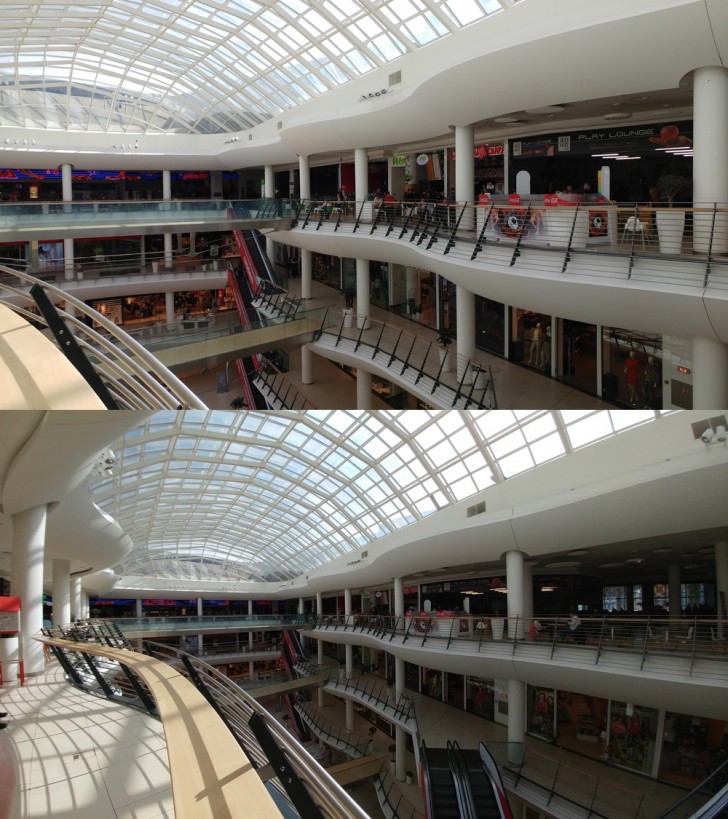 Wide-angle on top and ultra wide-angle below from G5
With good implementation, this system does have the potential to be a
really cool second camera system for particular scenarios and we wish
more manufacturers adopted it.
Wide-angle on top and ultra wide-angle below from G5
With good implementation, this system does have the potential to be a
really cool second camera system for particular scenarios and we wish
more manufacturers adopted it.The Telephoto Camera
The most common of all the dual camera systems today is the telephoto camera. In this, the primary camera is paired with a second camera that has a telephoto lens. As you can tell, this is the exact opposite of the wide-angle camera system, wherein it actually lets you zoom into your subject instead of zooming out.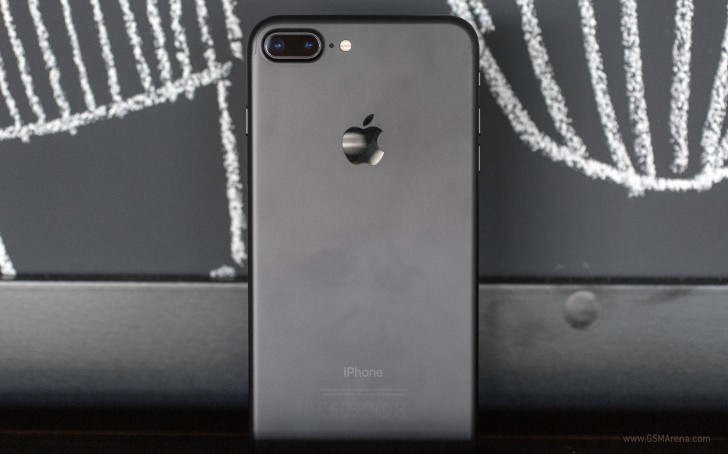 Apple iPhone 7 Plus
Since the iPhone 7 Plus, manufacturers have stuck to using a 2x
factor for the second telephoto lens. This means the secondary lens has
twice the focal length of the primary lens, giving you an instant 2x
optical zoom.
Apple iPhone 7 Plus
Since the iPhone 7 Plus, manufacturers have stuck to using a 2x
factor for the second telephoto lens. This means the secondary lens has
twice the focal length of the primary lens, giving you an instant 2x
optical zoom.There are many advantages of this system. First is the most obvious, where you get 2x lossless optical zoom. Zooming on smartphones has largely been digital until now but with this you get to quickly move 2x closer to your subject with very little quality loss. Any further zooming is done digitally still but because the digital zoom is now being applied on top of 2x optical zoom, it gives much better results.
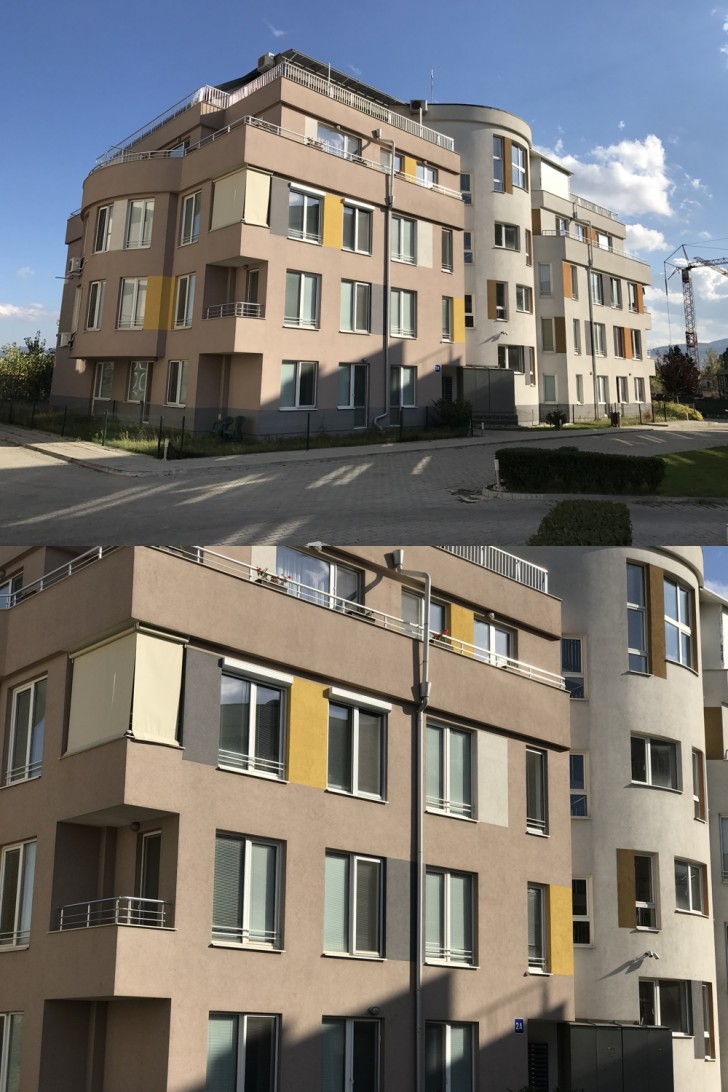 Wide-angle above and telephoto below from the iPhone 7 Plus
Shooting with a telephoto lens also has other advantages. Telephoto
lenses are more suitable for portraits than wide angle as they have less
distortion and is more flattering to the subject. Most manufacturers go
one step ahead and also implement the background blur effect that we
saw with the very first system we talked about today (the primary lens
now acts as the depth sensor). The combination of a telephoto lens and
background blur gives far superior results than just applying background
blur on wide-angle images.
Wide-angle above and telephoto below from the iPhone 7 Plus
Shooting with a telephoto lens also has other advantages. Telephoto
lenses are more suitable for portraits than wide angle as they have less
distortion and is more flattering to the subject. Most manufacturers go
one step ahead and also implement the background blur effect that we
saw with the very first system we talked about today (the primary lens
now acts as the depth sensor). The combination of a telephoto lens and
background blur gives far superior results than just applying background
blur on wide-angle images.Of course, this system too has its disadvantages. So far none of the manufacturers have been able to get complete parity between the two cameras. When the iPhone 7 Plus launched last year, it had a much smaller aperture (f2.8) compared to the main camera (f1.8) and no OIS on the secondary sensor. The iPhone 8 Plus ships with similar arrangement (although the sensors are better this year) and even the iPhone X still has f2.4 for the second camera (although it does have OIS). The Note8 was the first phone with a telephoto camera to have OIS but even then it’s still f2.4 (compared to f1.7 on the main lens) and the second sensor is slightly worse even if it has the same resolution.







0 comments:
Post a Comment